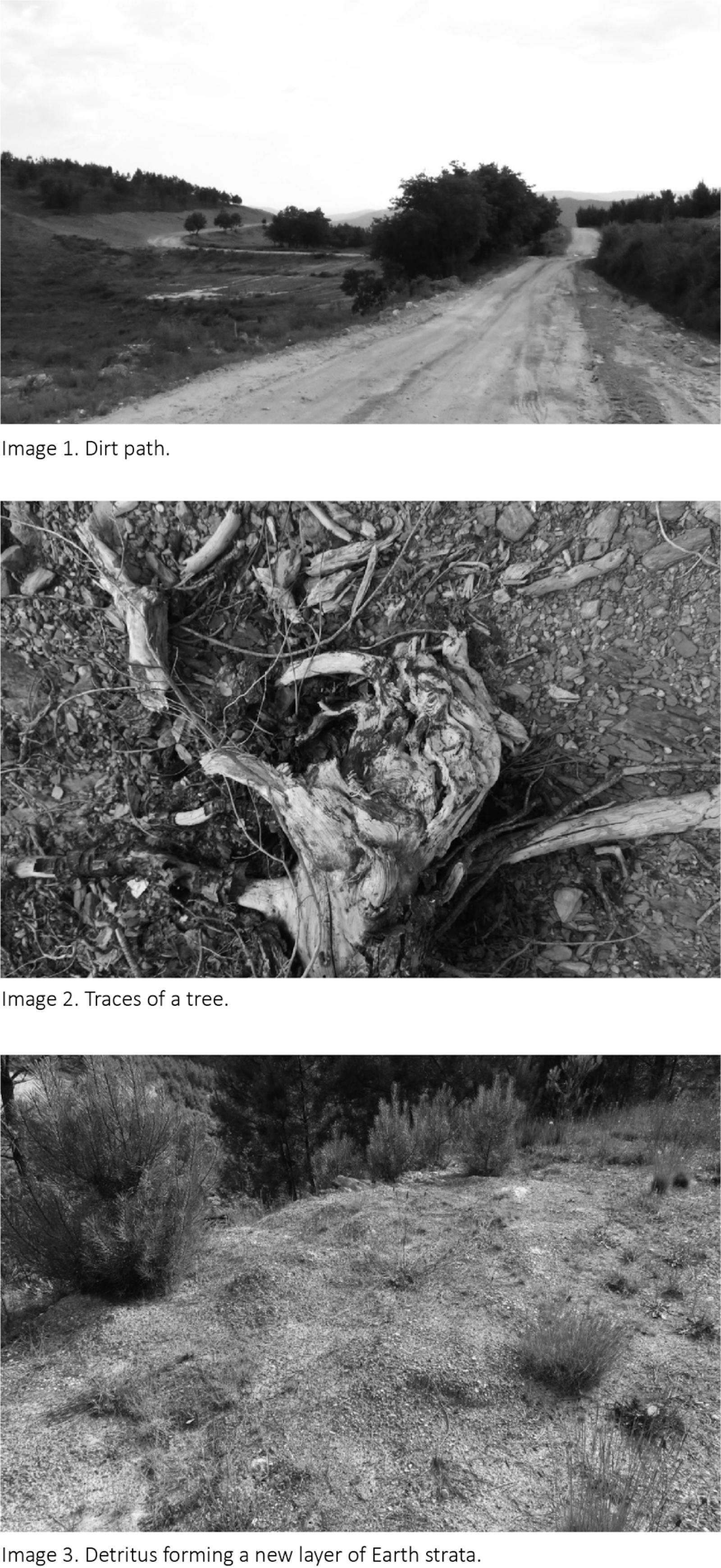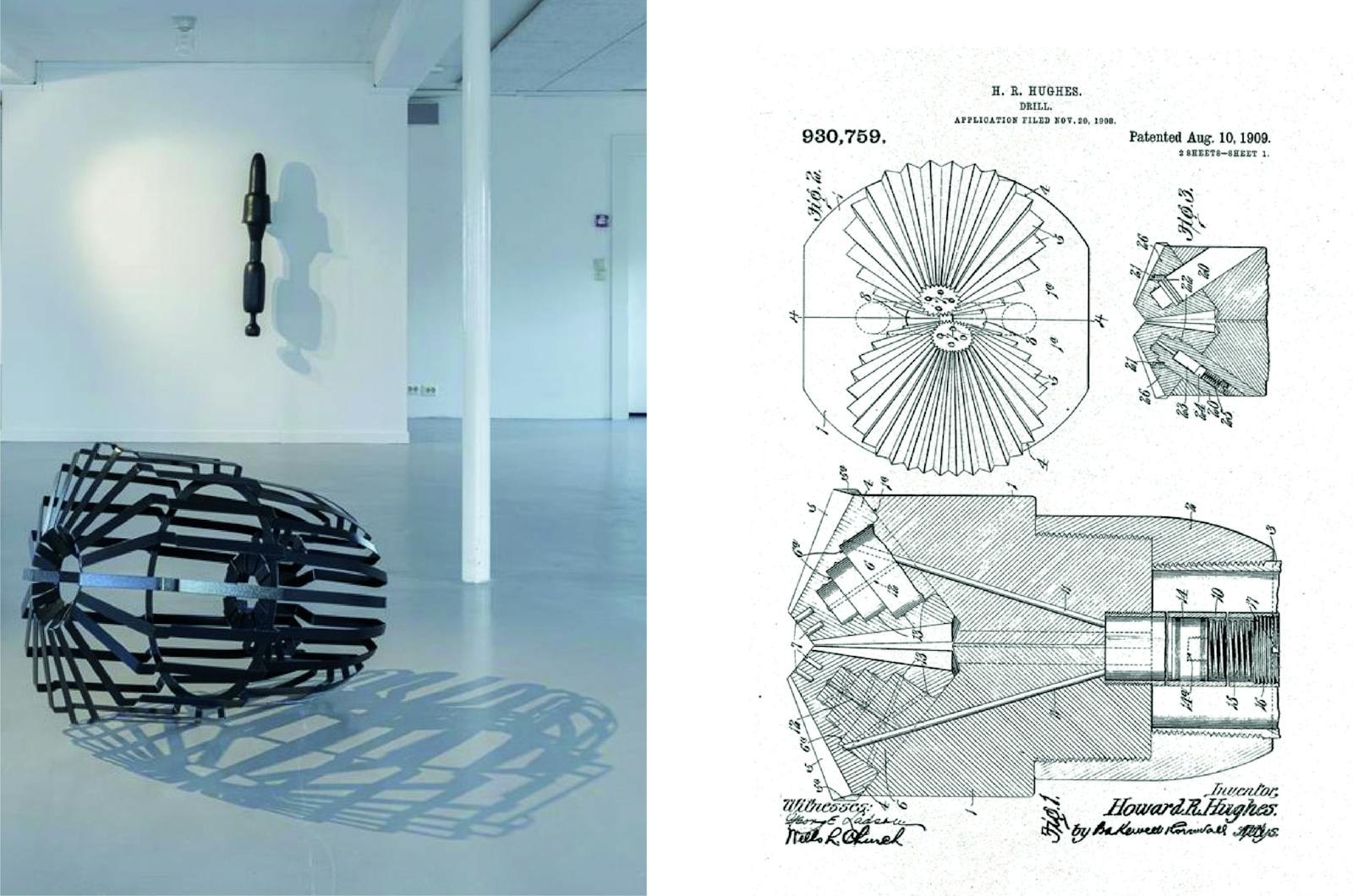Marisa Ferreira
Waste Matter. The (Im) Materiality of Post-Colonial Memory
Summary
Over the last century, the idea of progress and industrial capitalism have created a climate emergency through the violent extraction of natural resources. This research focuses on lithium mineral extraction taking place in Portugal and the consequences that these activities have on the environment and local communities, and engages with the materiality of waste as an emergent alternative to “racial capitalism”, capable of challenging structures of power and social order to stimulate change and advance spatial justice in the city.
The practice started by mapping an uncharted territory in Boticas municipality, Covas do Barroso, to redeploy silent narratives kept out of public consciousness. These material traces left by industrial development contributed to the primary questions that form the basis of my research on waste and its potentiality to make visible traces of violence in places under extractive capitalism and colonial exploitation.
Notes of a Journey to Covas do Barroso
Marisa Ferreira, June 2021
.
“The present returns the past to the future”
– Jorge Luis Borges
1.
Departing from the forensic imagination that “every contact is perceived as leaving a trace”1 and much informed by Schuppli´s notion of matter and its capacity to register change2, I left to Covas do Barroso3 in Boticas, northern Portugal, where the Barroso future lithium mines will be located to investigate the landscape and potential traces left by the activities performed by the international British corporation Savannah Resources. I was surprised to see this world agricultural heritage site with an untouched and beautiful rural landscape, where large domestic animals (cows) were crossing streets and people (mostly above their 70s) were living in tiny stone houses, often side by side with the animals and their smell. After spending some time in the village, I met two ladies in front of the “Minas do Barroso - Information center” where I read a two-sided letter from the Savannah Resources to the local community. They found it a bit odd seeing me taking photographs of the letter and decided to start a dialogue: “They tell us nothing, if you want to see it you need to go to the mountains...we haven’t been there.” Our short conversation made me realize their resistance to the future developments in the region is marked by a subjective perception of (potential) risks but their opinion lacked a certain confidence due the inaccessibility to scientific knowledge which should, in their opinion, be granted by the local council and the international company operating in Barroso.
I then left Covas de Barroso and its narrow streets, and drove towards the mountains where the British have been performing the research of the lithium reserves. Here I met new forms of land ownership that determine how we can navigate (inaccessible by a “normal” car) with pathways that sliced large parts of the landscape, dead trees laying on the sides, and after some kilometers and restored mobile connection, I found the Savannah Resources plaque indicating I had just arrived. The different trails, clear on google images, had a steep topography and were now full of holes marked by heavy machines, rainy water and some vegetation. I parked the car and decided to walk. The views are stunning, and the silence of the place is just broken up by the sound of water from a small stream nearby. I walked left towards the water, and after a few steps in a slow pace, I started to observe different colonies of aunts and vertical pipes which I see as being the wells used to drill the soil and perform the research for lithium. Mainly in plastic blue measuring up to one meter height and about 10-12cm diameter, some were closed on top, others had a concrete base with a written code. Some felt untouched, others slightly destroyed. Often observed at different elevations most of them were placed at a far distance to the others, except a few areas where 3-4 wells were placed quite close to each other. Maybe different types of scale and value are at stake here -- the green, the ceramic and the discarded.
Close to the wells I encountered new layers of landscape with different texture and colour from the rest of the landscape. I found quite fascinating to observe these new layers of what seems to be the disposals that form a kind of new “sedimentary rocks’’ (rocks formed by the accumulation or deposition of mineral or organic particles at the Earth’s surface that seems to settle in place) because they made me to look at them as if these different layers of rocks were now witnesses of a new chapter of Barroso earth’s history, in the same way bones would tell about a human life. I decided to collect different samples to archive and make them “visible”, as I noticed waste and its disposal is maintained as invisible as possible during this phase of the project. Focusing on Schuppli operative concept “material witness”, these samples of discarded detritus are then the hidden and repressed ecological dimensions of the mining industry, they are the traces of the industrialized era inscribed into landscape. This infertile and polluted land that testify the destruction of the landscape becomes at the same time a king of “wasteland” that points to both loss and future potential, giving thus an expression of the subversive potential of “ruin waste”3 to emerge between the dialectics of destruction and construction.
2.
Picking up any traces that can testify the activities taking place in Barroso mining, almost as a forensic practice to reveal “invisible” elements, I decided to analyze the collected leaves and “ruin waste”4 in the microscope. Soon, the “black” holes in the leaves take me to the aftermath of the Anthropocene, in which a strange landscape is created by humans and nature, and the imagination sparks about bodies with skin cancer, the “edges” transformed into landscapes by the sea, and these fragmented rocks tracing mutations that become a kind of multi-layered skin of hybrid beings. Not thinking about the colonial past now becomes almost impossible, as if these plants and “ruin waste” are calling my attention to bodies of black slaves found in a golf camp in Algarve during the construction of a car park. How can we still be silent about our colonial past? How can these detritus tell stories of colonial geographies and (potential) neo-colonial structures of exploitation?
.
ENDNOTES
1 Schuppli, Susan. (2020) Material Witness. Media, Forensics, Evidence. Cambridge: MIT, p. 9.
2 Ibid., p. 7.
3 Covas de Barroso, Boticas in Vila Real, northern Portugal, is thought to have the largest reserve of lithium in Europe.
4 Edensor, Tim. (2005) Industrial ruins: Space, Aesthetics and Materiality. Oxford and New York: Berg Publishers. Edensor refers to “material objects in ruins” as “ruin waste”.

Photo credits
Images 1-3: Marisa Ferreira/ BONO, 2022
.
.
Series "DEEP WOUNDS"

Deep Wounds #930759, Howard R. Hudges 1909. Powder-coated aluminum, approx 60x60x90cm, 2022
Solo exhibition “An Archive of evidence“ at Hå Gamle Prestegård, Norway, November-January 2023
“Deep Wounds” refers to the removal of geological valuable resources from the Earth, through the exploitation, dispossession, and displacement of marginalised bodies and natural resources that are transformed into contemporary commodities. Through archival images of engineering drawings, these sculptures, prototypes, and drawings convey narratives of extractive practices and of the drilling technology that enables them.
The exploratory practice presented here employs imaginative thinking as a method to turn drilling jars and mining rotors into vertical sculpture objects, with some parts being accurate copies of real mining tools others fictional, to draw attention to the relationship between capitalism and the ecological crisis, architecture, and nature.
.
Photo credits
Image 4: Oddbjørn Erland Aarstad
Image 5: Patent filing by Howard Hughes for a two-cone drill bit, used for oil well drilling. US Patent Drawing, 1908.
